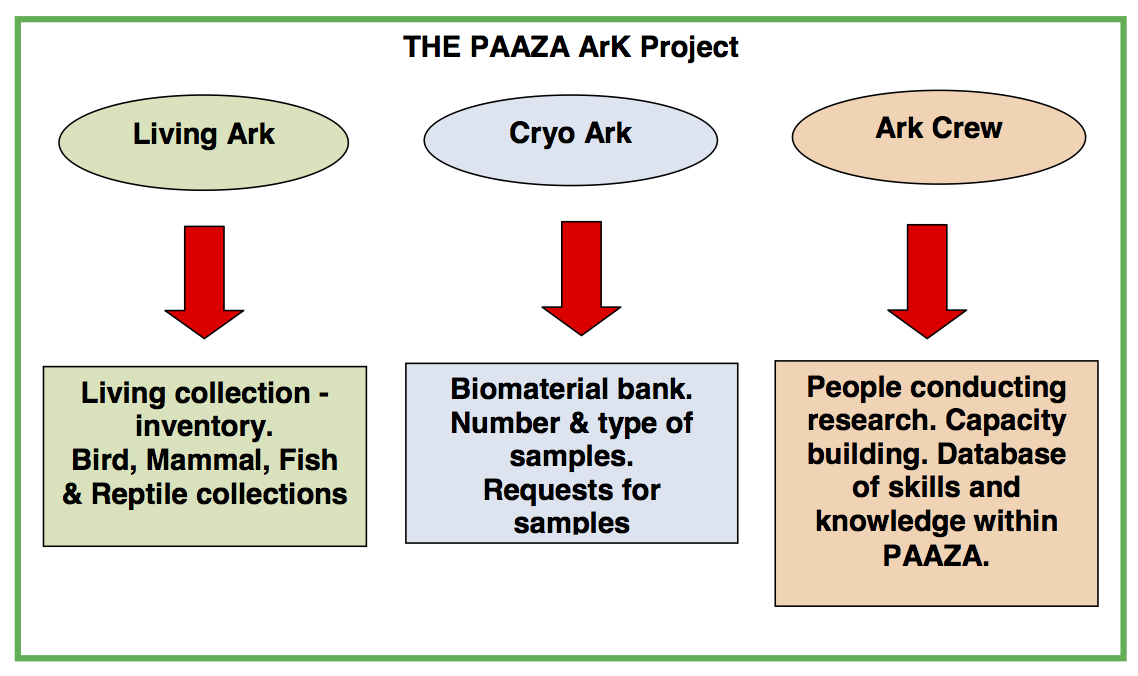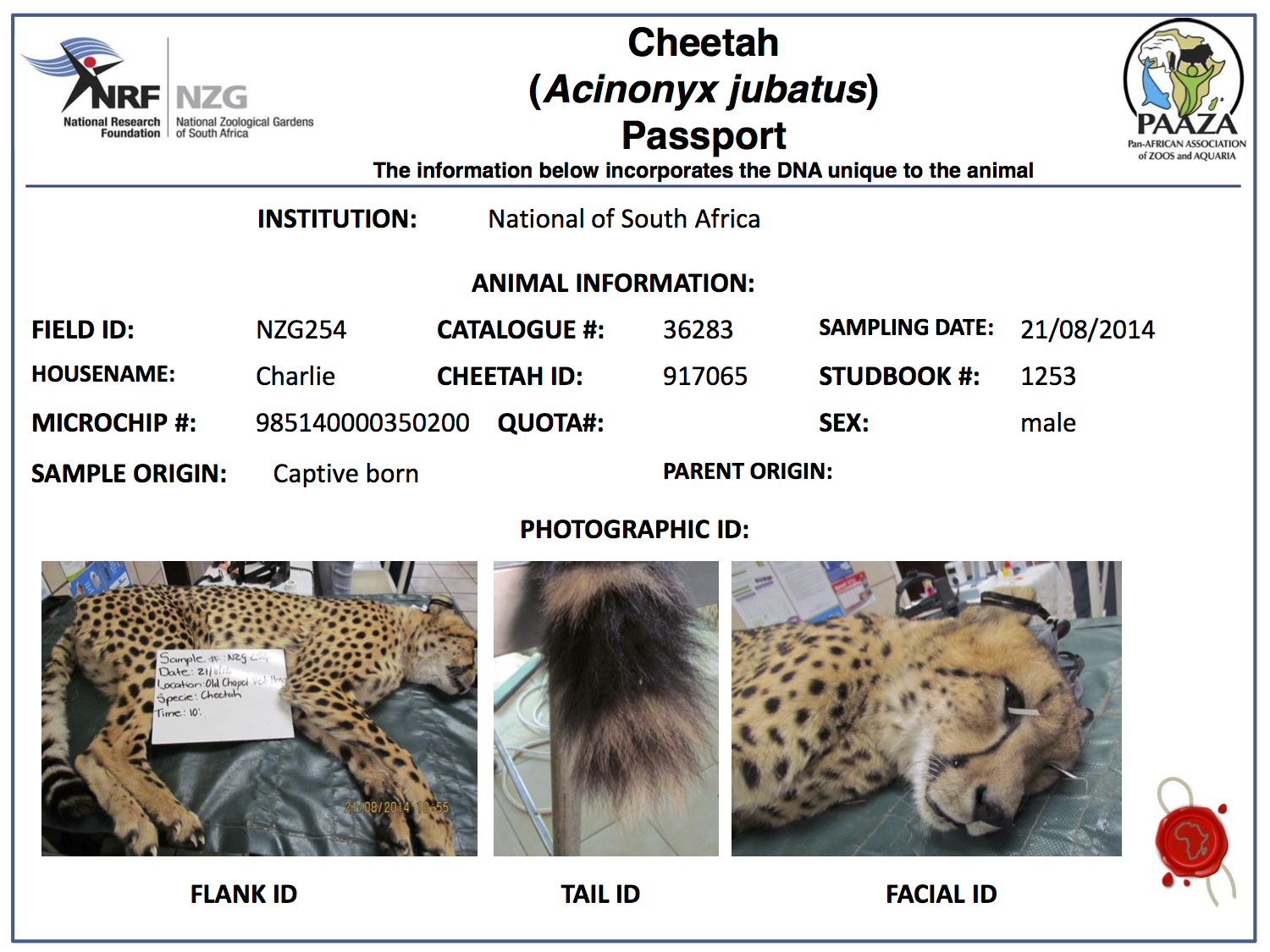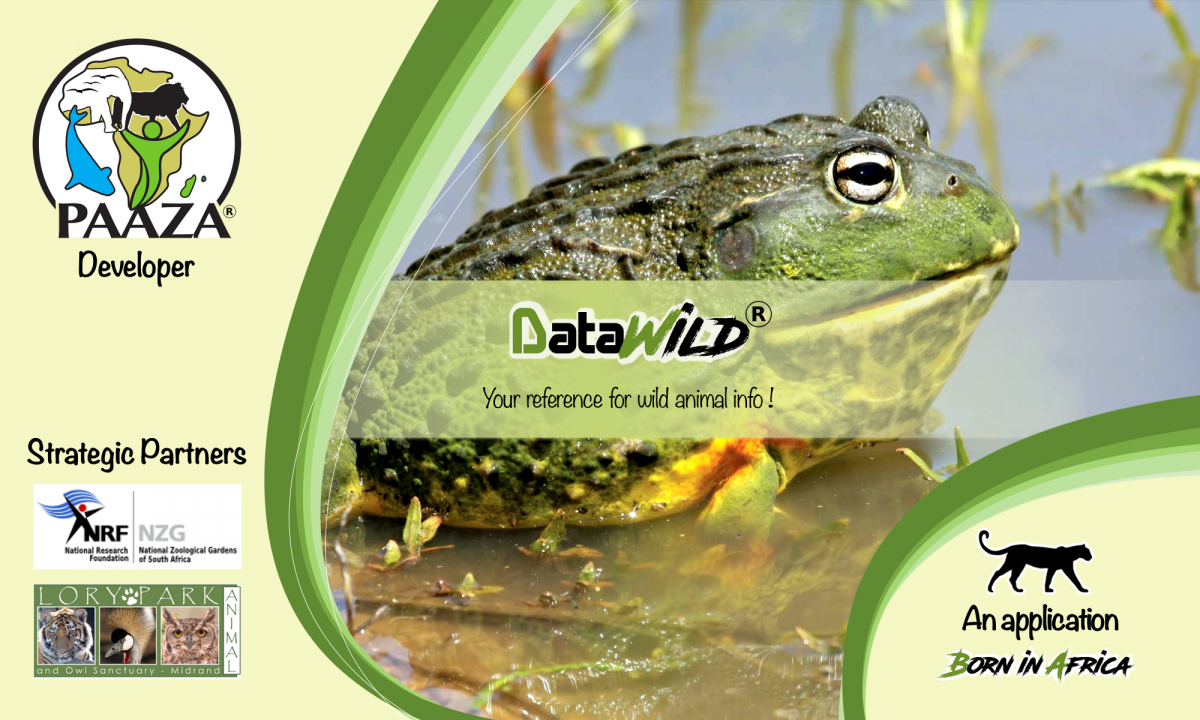DataWild® is linked to the Barcode of Wildlife Project (BWP) and the ArK Project to assist with law enforcement within African countries.
 BARCODE OF WILDLIFE PROJECT
BARCODE OF WILDLIFE PROJECT
Enforcing Endangered Species Laws with DNA Barcodes
Illegal wildlife trade is estimated to be a $20 billion a year industry, ranking alongside illegal trafficking in drugs, weapons and people as the largest transnational crime enterprises.
Poaching and trafficking not only pushes endangered species toward extinction, but also disrupts the ecological balances involving these species, weakens local economics, undermines the force of law in developing countries by promoting related crimes (e.g., political corruption, money laundering, illegal gun trade), and generates revenue for criminal and terrorist networks
More than 35,000 of the world’s 1.8 million named species are in danger of regional or global extinction and their trade is regulated by an international treaty and national laws. Intercepting wildlife as they are transferred across borders is critical to slowing illegal trade, but current detection tools are inefficient, expensive, and unreliable.
The Barcode of Wildlife Project (BWP) has three overall goals :
1 – Demonstrate the utility and effectiveness of DNA barcoding in the investigation and prosecution of wildlife crime;
2 – Construct a public DNA barcode reference library of 50,000 voucher specimens representing 10,000 species, 2,000 of which will represent endangered species selected by the six partner countries. The remaining 8,000 will be closely-related or look-alike species; and
3 – Assist the partner countries in formally adopting and implementing DNA barcoding as a sustainable tool for law enforcement.
South Africa
South Africa is the 3rd richest country in the world in terms of biological diversity. It is home to about 10% of the world’s plants, 7% of the reptiles, birds and mammals, and 15% of known coastal marine species.
This web of natural life is vital for human well-being. It provides water, food, eco-tourism, fisheries, medicine, energy, and oxygen. We need to take care of our natural wealth.
Identification of trace evidence through DNA Barcoding can assist wildlife crime case by proving an offense has taken place, identifying an offender, linking an offender to both crime scene and items removed from a crime scene with that scene all form a critical part in compiling a case.
For more details and partner countries: http://www.barcodeofwildlife.org/index.html
PAAZA CONSERVATION RESEARCH PROJECT – ArK

Living Ark: African zoos and aquaria conserving biodiversity
A target to relieve the pressure on global biodiversity is to prevent the extinction of species. The International Union for Conservation of Nature (IUCN) and the CBD (Article 9) recognized the need for combining in situ conservation actions with ex situ approaches. PAAZA should therefore be a recognized role player and show impact in the policies of governments, conservation organizations and research institutions. This was supported by an incredible offering by ZIMS/ISIS of their software to PAAZA facilities.
This project will provide information on the different threat categories and total conservation contribution of PAAZA to world biodiversity; demonstrate the role of African Zoos and Aquaria in conservation; increase the credibility of African Zoos and Aquaria as true conservation organizations and improve the public image of African Zoos and Aquaria. This project aims to involve all African facilities and to link the project into the international community.
Cryo Ark : Biomaterials Bank
Below figures indicate the number of PAAZA biomaterials banked by the participating PAAZA institutions circa 2011 and 2017.

Ark Crew
Capacity building
Capacity building included the Fourth African Symposium on Zoological Medicine in 2015 (bi-annual). The programme included a full day of practical’s on the first day with the next two days focused on a variety of taxa both terrestrial and marine. In a first, the symposium was open to animal keepers to offer a cross learning opportunity.
People conducting research
We would like to highlight some key research projects where PAAZA institutions are either leading the research or are significant collaborators. A summary of some of these APP projects follows.
Sungazer (Smaug giganteus), Ground-hornbill (Bucorvus leadbeateri), Cheetah, Pickersgill’s Reed frog, Amphibian Chytrid Fungus (Batrachochytrium dendrobatidis), African Penguin (Spheniscus demersus), Turtles, Sharks.
Some of the academic institutions linked to these research projects include, but are not limited to: TUT, WITS, UP, UFS, TUT, NWU, UCT, NMMU. In addition to this is a linkage to national departments: DEA, Oceans & Coasts, SanParks and also wildlife agencies: Zimbabwe Museum, Kenyan Wildlife Services, Uganda Wildlife Centre, Bristol Zoo, Provincial agencies.
Objectives
- Determine the genetic and reproductive structure of these species; Population dynamics – linked to dispersal
- Re-assess the IUCN status of the species
- Develop an ex situ / in situ management plan for species
- Conduct disease presence on ancient and modern samples
- Provide a diagnostic service to the ex situ community
- Investigate illegal trade in species
- Linking the studbook to biomaterials, DNA profiles, necropsy and disease information
- A veterinary care programme together with Deltammune developing Newcastle’s Disease Vaccines and collating the vet protocols for the species – for both the captive breeding programmes and the reintroduction programmes
- Participate in the Species Recovery Plans with major stakeholders
- Develop a protocol for submission of samples and identification of such with a resultant issue of a certificate of genetic proof of origin, ‘Passport’, which is linked to the studbooks of the relevant species
Implementation
The ArK programme is run under predominantly the Research and Veterinary Portfolio. However, the inclusion of DNA and photo ID to initially PAAZA TOPS species Studbooks, has linked the operations of the ‘Research and Veterinary’ and the ‘Population Sustainability’ portfolios.
One of the most important developments is the commitment to collaboration between The National Zoo (NZG)/National Research Foundation (NRF) and PAAZA for the DNA typing and Bio-banking of samples. Together we will be developing protocols and tools in line with Legislative requirements.
This has all culminated in every animal being issued a unique ‘Passport’ which links it through the Studbook to the DNA databank and vice-versa:
